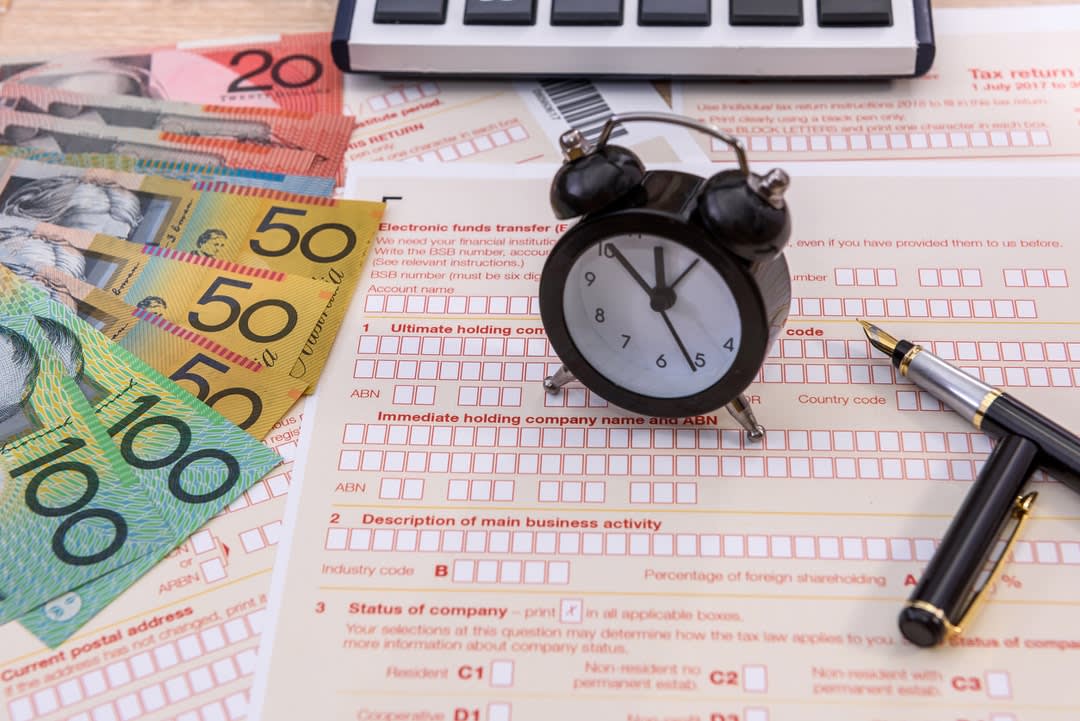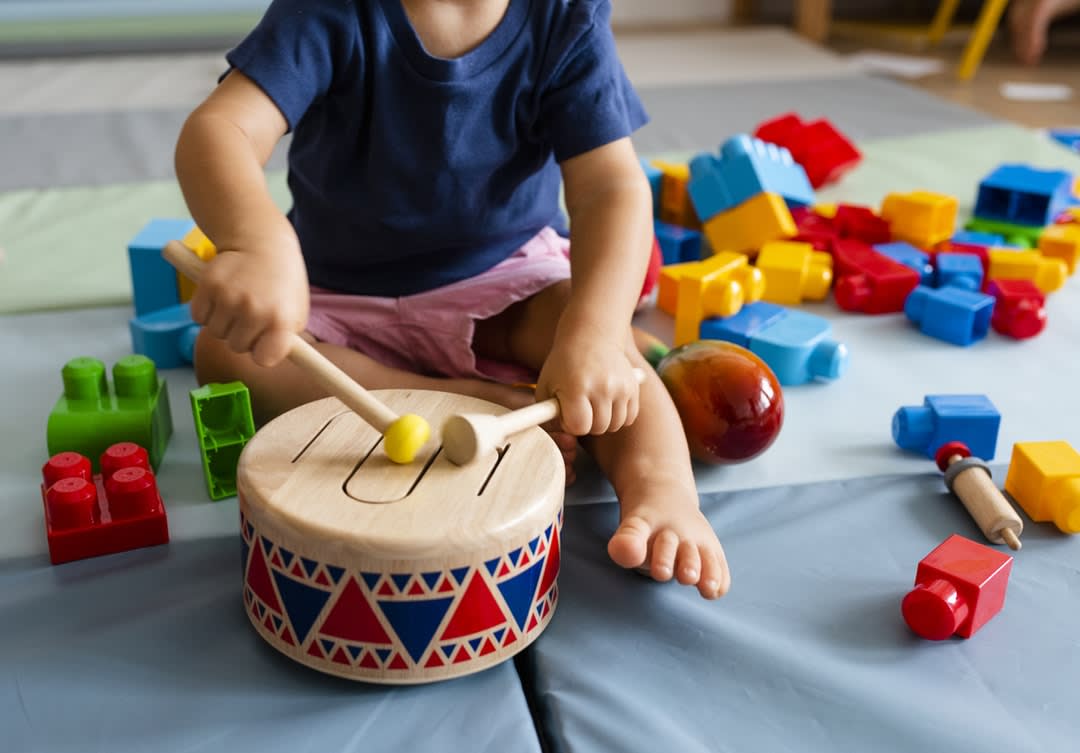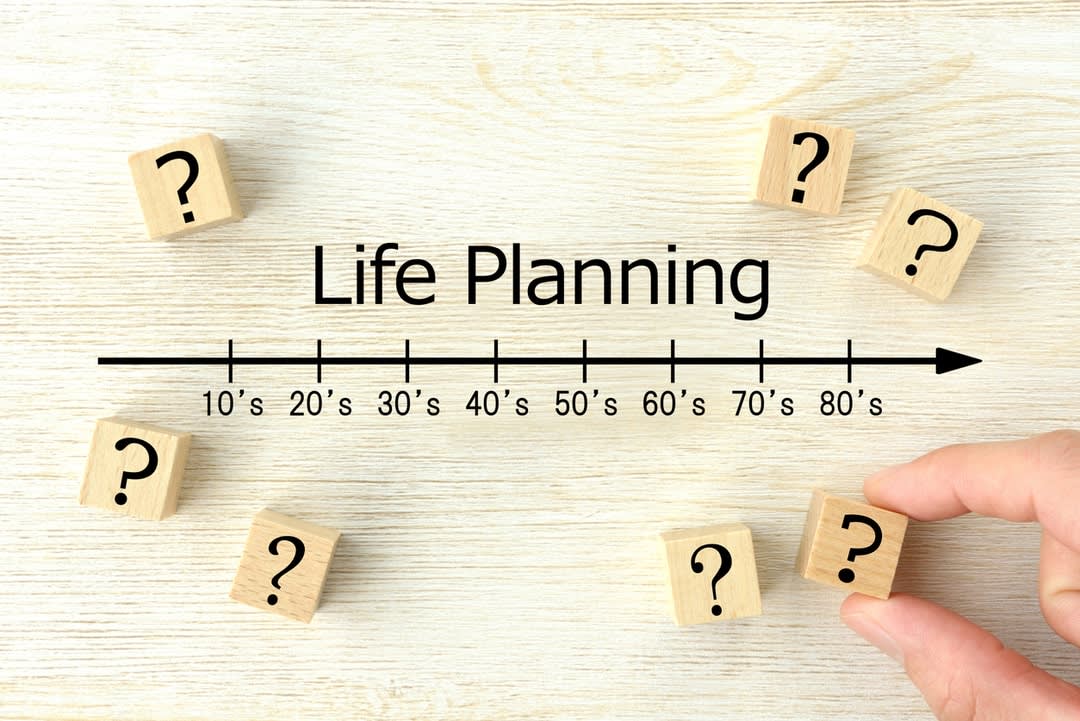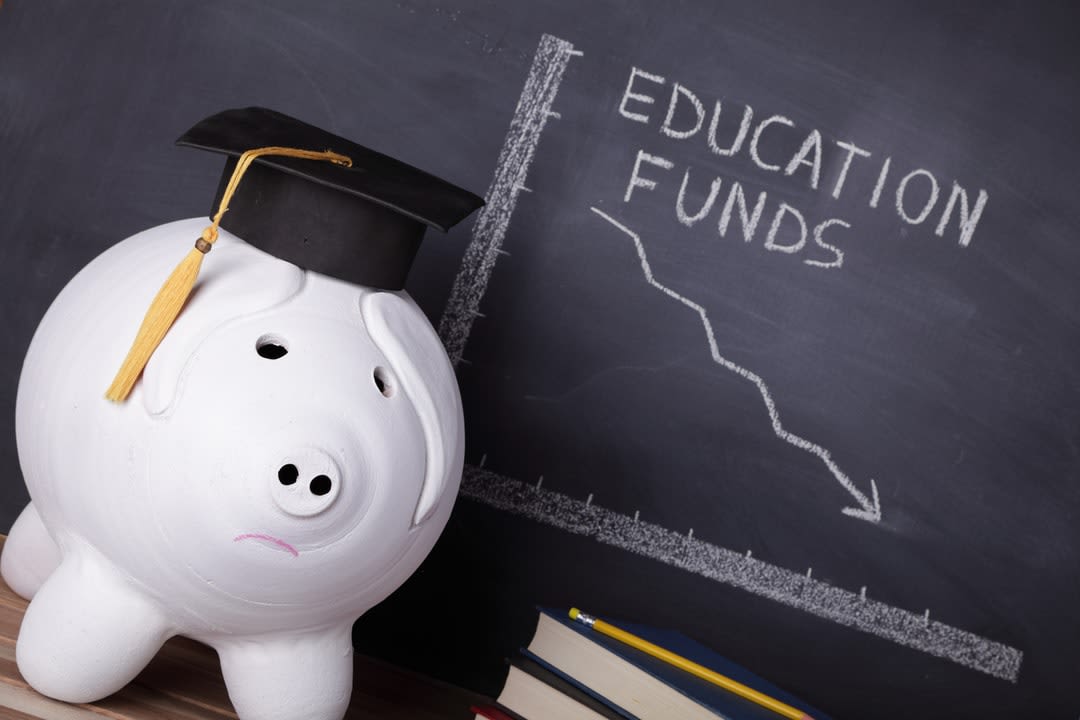Is this a "women's budget"? A "Labor budget"? Or maybe even an election budget?
-
Remy Davison
Jean Monnet Chair in Politics and Economics, Monash University
Perhaps it's all three. But there's more:
Tax cuts? Check.
Home-owner subsidies? Definitely.
Children? More the merrier.
Big builds? You better believe it.
How do we pay for all this largesse? Thank the sugar hit from iron ore. Prices exceeded $US200 per tonne last week, driven by global demand and lower Brazilian output due to COVID-19. It's hard to believe iron ore prices were "only" $US80/tonne in April 2020. Australia's iron ore exports reached $AU116 billion in 2020, with Chinese imports exceeding 2019 totals, despite considerable bilateral trade friction.

Federal revenue growth from resources exports means budget repair should be more rapid. COVID-19 measures drove the 2020-21 budget into a $213 billion deficit, but strong minerals prices (despite coal's fall) should improve the bottom line by $30 billion-plus. Moreover, Australians boosted household savings at a record rate in 2020, banking $130 billion, raising total deposits to more than $1.1 trillion.
Will consumers open their wallets, book a (local) holiday, kick off a reno, or start a new build? The government certainly hopes so.
How accurate were Treasury's forecasts?
In October 2020, Treasurer Josh Frydenberg predicted GDP growth of 4.75% for 2021-22. Wrong - 4.25% is the revised outlook. Healthy, but that assumes there are no more shocks over the next 12 months. Moreover, growth is expected to return to trend from 2022-26 (2.25-2.5%) on the back of much lower iron ore prices of $US55/tonne as soon as March 2022.
Hey, big spender
A $161 billion deficit demonstrates the costs of the COVID economy, projected to fall to $99 billion in 2022-23. The Treasurer gave no commitment on returning the budget to balance or surplus. The fiscal politics are unmistakable - this budget focuses on jobs and spending, rather than austerity and repair. The bottom line is that, ultimately, chastity will prevail - just not yet.
Families, jobs and beer
Make no mistake, this is an election budget through and through. It targets specific demographics carefully, from families (childcare), senior citizens (aged care), first home buyers (housing subsidies and super redraws), young workers (apprenticeships), and beer drinkers (everyone). Its big spending creates many winners and relatively few losers, successfully silencing critics. It should make opposition parties worried. Very, very worried.

Rock of the ages
Aged care is the centrepiece of this budget, delivering an additional $17.7 billion over four years, comprising 80,000 aged care places and more nursing assistance. This is almost double pre-budget predictions. Substantial assistance is also allocated to mental health.
Tax: Cut and deduct
Treasurers always like to pull a rabbit out of their hat, and 2021 is no exception. This week, Frydenberg hosed down expectations, telling the media not to expect a "big-spending" budget (under-promising and over-delivering is an age-old tactic). But that is precisely what this budget does.

Low and middle-income earners ($60,000 to $80,000) are the biggest winners, with $1080 in tax cuts for 2021-22, although everyone earning up to $125,000 will see some benefit. The $150,000 instant deduction for business investment stays another year (yes, Porsche sales rose in March 2021, in case you're wondering), so now is the time to order that John Deere combine harvester you always wanted.
Our house is a very, very, very fine house
Mortgage lending rates may never have been lower, but homebuyers are shouldering enormous debt burdens, even as wages flatline. The return of migrant labour, flagged by Frydenburg last week, will further boost housing demand in 2022. Melbourne recently hit the magic $1 million median.

The First Home Buyer's Super Scheme means you can now have up to $50,000 in super, up from $30,000, to purchase your first home - because you're going to need it. Another 10,000 places have been allocated to the popular home loan guarantee scheme, requiring a deposit of just 2% for single parents. For seniors, the Pension Loan Scheme is allocated $21 million by allowing them access to lump sum payment via a reverse mortgage.
What you get is what you see
The additional $345 million for the women's health package over four years sounds impressive, but amounts to less than $9 per woman. Don't spend it all at once.
Boys and girls
The childcare pre-budget announcement targeted low and middle-income families earning less than $130,000 annually. This budget funds 400,000 childcare places for parents with two children or more under the age of five. The objective is to assist women returning to the workforce who need full-day childcare places. But if you have only one child, too bad. You need to have one for the country as well.

Working for the weekend
JobTrainer will be extended for a further 12 months in a $2.7 billion package to boost employment and training for 17 to 24-year-olds. The scheme, introduced in the 2020 budget, will subsidise 170,000 trainees and apprentices. Youth unemployment is still tracking at over 12%.
The extension comes as the government targets a 4.5% unemployment rate, significantly lower than the pre-COVID levels of 5.1%. The March 2021 rate was 5.6% as the national economy added 70,000 jobs. To build back domestic manufacturing capacity that COVID-19 left exposed, $1.5 billion will be spent on six priority sectors, including medical equipment and clean energy. Another $2 billion will be allocated to industry R&D tax incentives. And, most importantly, local brewers will face reduced beer excise.

Conversely, the $4 billion JobMaker programme, announced in the October 2020 budget, has proven a major failure, as very few employers have taken up the $100-$200 per week subsidy for hiring eligible workers. To make a silk purse out of a pig's ear, the government claims that the business input instant deduction has been a tremendous success, and has extended it another year under the rubric of "JobMaker". Notably, the government's own budget 2021-22 website makes no mention of JobMaker whatsoever.
Building the perfect beast
Western Australia will receive a $1.5 billion infrastructure spend because its electorate - which voted ALP overwhelmingly at the state election - will be crucial to the Morrison government's re-election chances. The government claims $15 billion in additional infrastructure spending, including roads, a rail interchange terminal for Victoria, and freight upgrades for Tasmania, NSW and WA. But it's difficult to see what, precisely, is "new" money.
OK, computer
$1.2 billion is earmarked for the Coalition's Digital Economy Strategy. The spending here is poorly directed - $500 million alone will be devoted to upgrading the Mygov and health database services. Just $124 million is devoted to building Australia's AI capacity, which includes the CSIRO-led National Artificial Intelligence Centre. In other words, the short-term first home buyers' subsidies will outrank the government's AI investment. The industry itself argues that at least double this amount - $250 million - needs to be invested in order to commercialise AI technologies successfully.

In addition, only $50 million will be spent on cybersecurity, despite the fact it's an area where Australia lags badly. Even unsophisticated attacks have brought down corporate and government infrastructure over the past 12 months. The cybersecurity industry asserts there is significant underinvestment currently, and that five times as much ($250 million) needs to be devoted to the sector.
Superannuation
Up 0.5% per annum to 12% through 2026. This fulfils a government commitment, although it will contribute to persistent wage atrophy.
The government has softened the super and work rules for Australians. First, super rules have changed, lowering the eligibility age to 60, amending the scheme that allows people to transfer up to $300k to super from the proceeds of a property sale when they downsize. This was introduced in the 2017 budget and is now extended. Generous revisions also govern the work test for seniors aged 67-74 contributing to super.

JobKeeper ended in March, but the tourism and accommodation sector is still smarting from the collapse of domestic and international travel. Even now, the sector is catering exclusively for the domestic market. Moreover, Australia's population fell for the first time in 100 years last year, with net migration at -34,000 for the September 2020 quarter.
Incentivising investment
Twenty-four hours before the budget, the Australian Financial Review published details of the government's plans to attract foreign investors and global talent. This scheme has been brewing for at least 12 months, and was first implemented in the Global Talent Visa, launched early 2021.
The objective is to encourage foreign investors, fund managers and venture capitalists to set up shop in Australia, with the promise of generous share tax exemptions, and incentives for venture capital to fund local start-ups and a tax office "concierge" service to help attract the "best and brightest".
This is not as pie-in-the-sky as you might think. Australia is taking advantage of Hong Kongers, for instance, who see brighter lights in Sydney as a regional financial capital. Software firm Atlassian wants at least nine STEM universities in Sydney as a TechCentral hub to build Australia's own Silicon Valley. This budget item won't resonate much in the suburbs, but these are the jobs of the future.
We don't need no education
There is no good news for higher education. Universities will see a decline of their Commonwealth grant funding of more than 9% in real terms in 2022. In 2020, the budget gave higher ed a one-off injection of $1 billion for research funding, but this was not replicated for 2021-22. There may be some relief in the form of international student returns in mid-2022, but a significant number of jobs will be lost as tertiary institutions are compelled to implement austerity measures.
It will prove difficult to build cutting-edge tech hubs in the absence of properly-resourced university staff and infrastructure. Odder still is the fact that a budget that claims to invest in jobs has cut vocational education still further, at 24% through 2024-25.

Party games
The election must be by 21 May, 2022, and most Australians will have received at least one vaccination by then. Budgets don't usually deliver a bump in the polls, but by late 2021, budget spending and tax cuts will be flowing through the economy.
Don't rule out the government's (original) timetable for a late 2021 election - it could still happen, if the polls turn favourable. But it's more likely that the government will wait until most people are vaccinated, and the budget delivers the necessary kick to drive employment higher.
Run like the wind
Economic headwinds are also on the horizon. This week, Beijing reportedly started targeting Australian LNG exports as part of its strategy to damage important and sensitive industry sectors. China is stockpiling iron ore, indicating orders may slow; semiconductor supply constraints are leading automakers to cut production as silicon is re-routed to more profitable markets, such as consumer electronics.
In addition, as the Australian economy recovers and US borrowing increases, the appreciating Australian dollar is growing perilously close to $US0.80, placing pressure on export-facing industries (including the devastated international tourism and international education sectors).
You can ponder which way you'll vote while imbibing some amber nectar. Locally brewed, of course.
Read the full federal budget 2021-22 details here.






